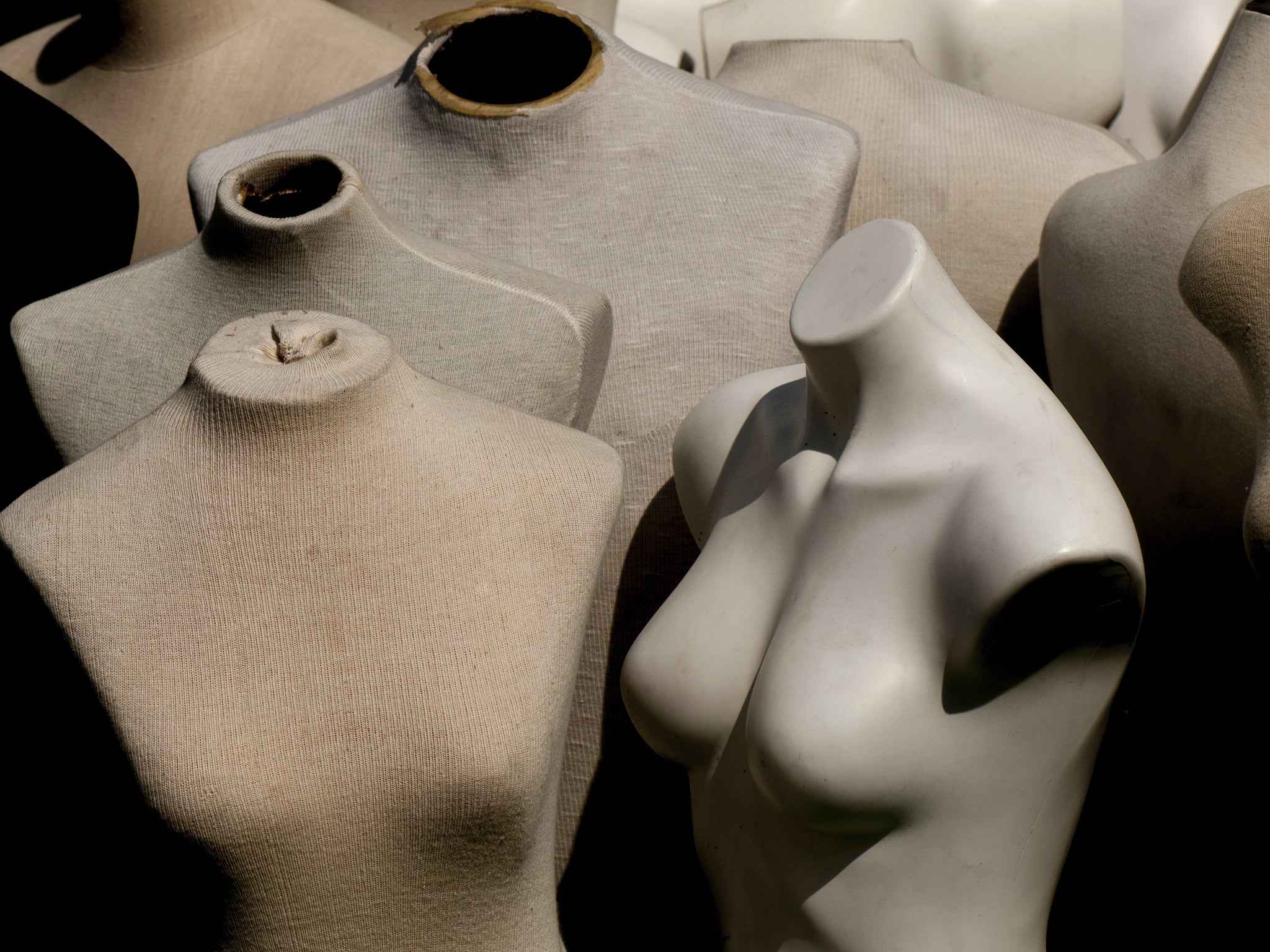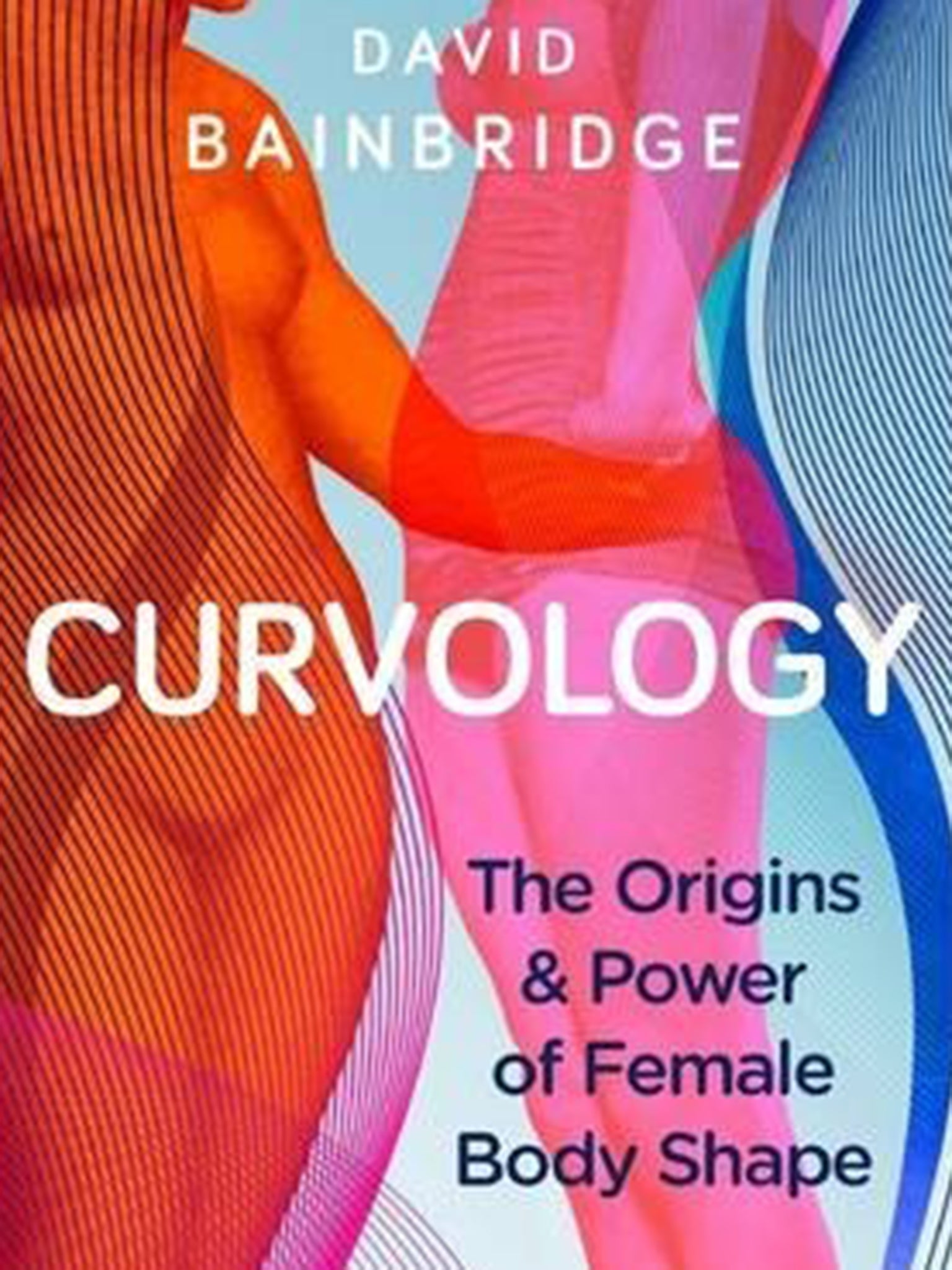Curvology by David Bainbridge, book review: An aggregation of clichés and gender stereotypes
Added to his generalisations is the tendency to state the obvious

The title is seductive, promising unexpected insights into the female body. Bainbridge is a reproductive biologist and a Cambridge Clinical Veterinary Anatomist. My hopes were high. They were soon squashed.
The introduction clumsily proclaims that Curvology is “about the female body – its biology, the mind it contains, the culture that surrounds it – and why it has turned out to be the strangest thing in existence”. The strangest? What about the duck-billed platypus or the tapir? This concept of the female as alien is the central flaw of this book.
Each chapter is an accumulation of suppositions. For example, the author suggests that women have developed curved hips because their babies needed somewhere to perch when feeding. This sounds like stand-up comedy to me. Moving from hips to breasts he states that “men may derive some surprisingly detailed information from breasts”. Oh yes?
His style is an aggregation of clichés and gender stereotypes. Bainbridge writes that “each human alive today is the product of thousands of generations of heterosexual lust”. He omits to mention centuries of rape, slavery, and sexual coercion. Writing only about the male libido, he assumes that men copulate only to reproduce.

Homo sapiens did not always have reproductive consciousness and we still don’t know when they learned of the correlation. Swerving from inanity to banality, Bainbridge tells us that women “gossip” more than men, without contextualising the statement. He informs us that “women wear different clothes on different days”. In Africa? China? Specificity is not his gift.
Added to his generalisations is the tendency to state the obvious. He informs us that men have bigger hands and feet than women. When I read his underwhelming discovery that “people are just plain nicer to attractive women”, I laughed. The tone is so patronising I had to check it was written in 2015 and not 1915.
“Evolution is not feminist,” he says. Correct. However, he appears to have no knowledge of major 20th century watershed studies which have decodified patriarchal tropes around the cultural representation of women’s body shapes. Although there is a reference to Rubens’ fleshy women, there is no mention of John Berger’s Ways of Seeing or Susie Orbach’s scientific, yet popular, Fat Is A Feminist Issue. Bainbridge’s analysis of eating disorders is a catalogue of surmise.
There is also the problem of repetition and flat writing. The grammar is sometimes so bad I was forced to read clunky sentences several times. Promising much and delivering little, this is a reductive study based on phallocentric, evolutionary determinism.
Join our commenting forum
Join thought-provoking conversations, follow other Independent readers and see their replies
Comments